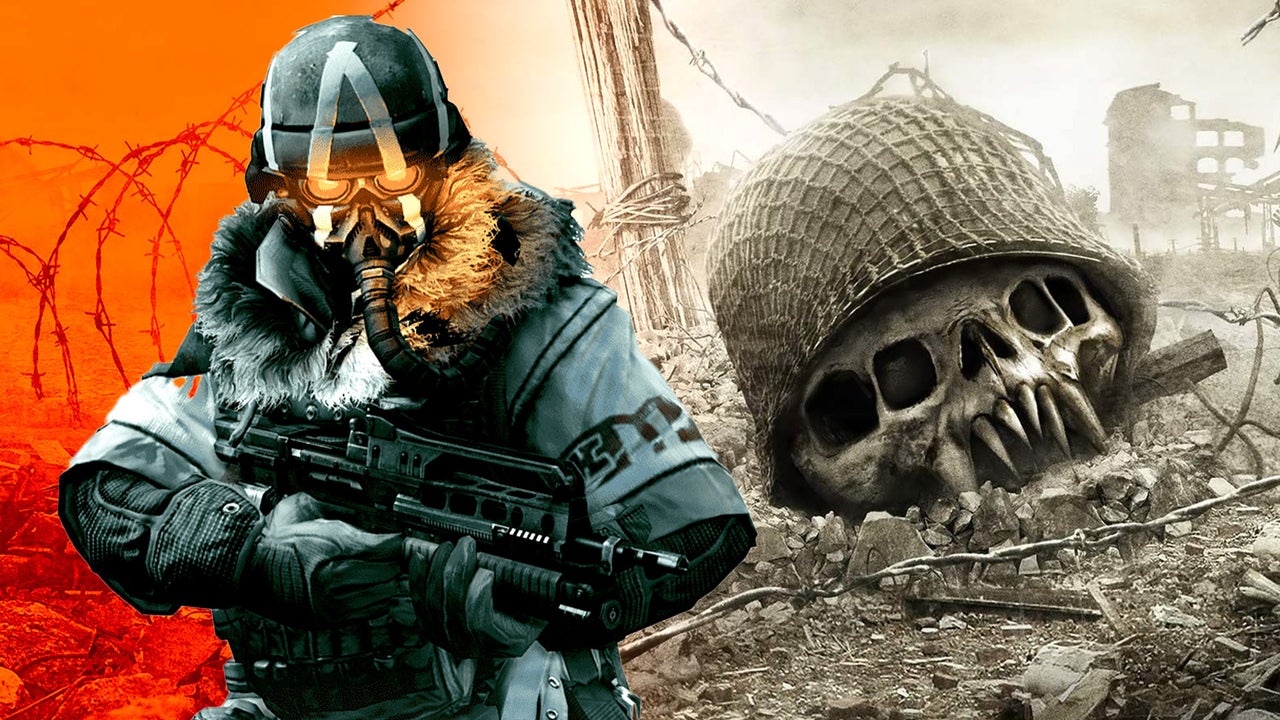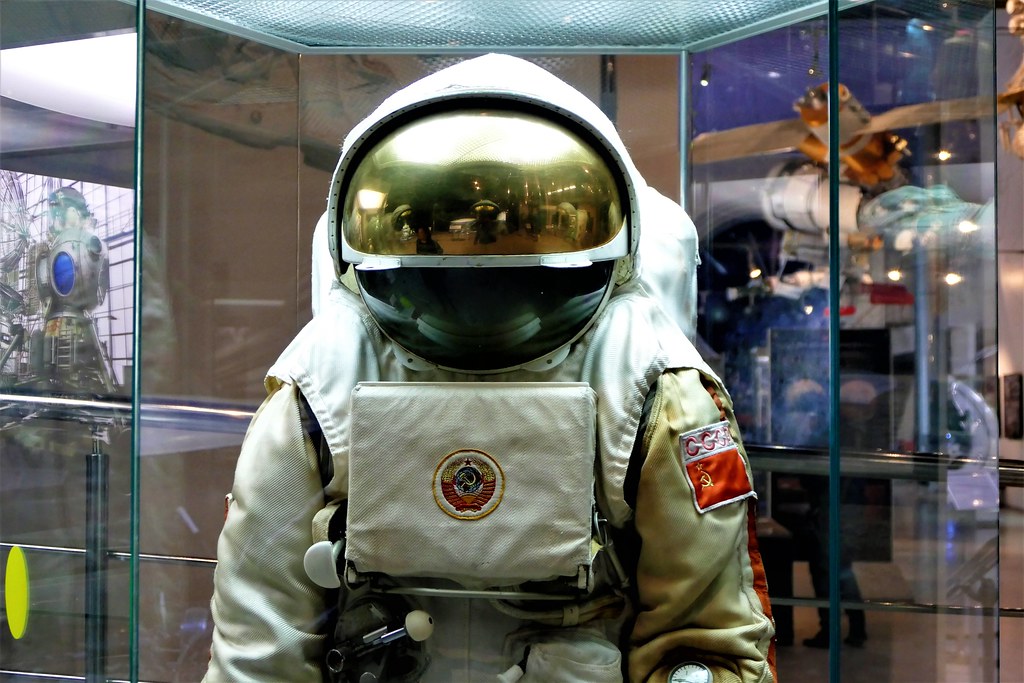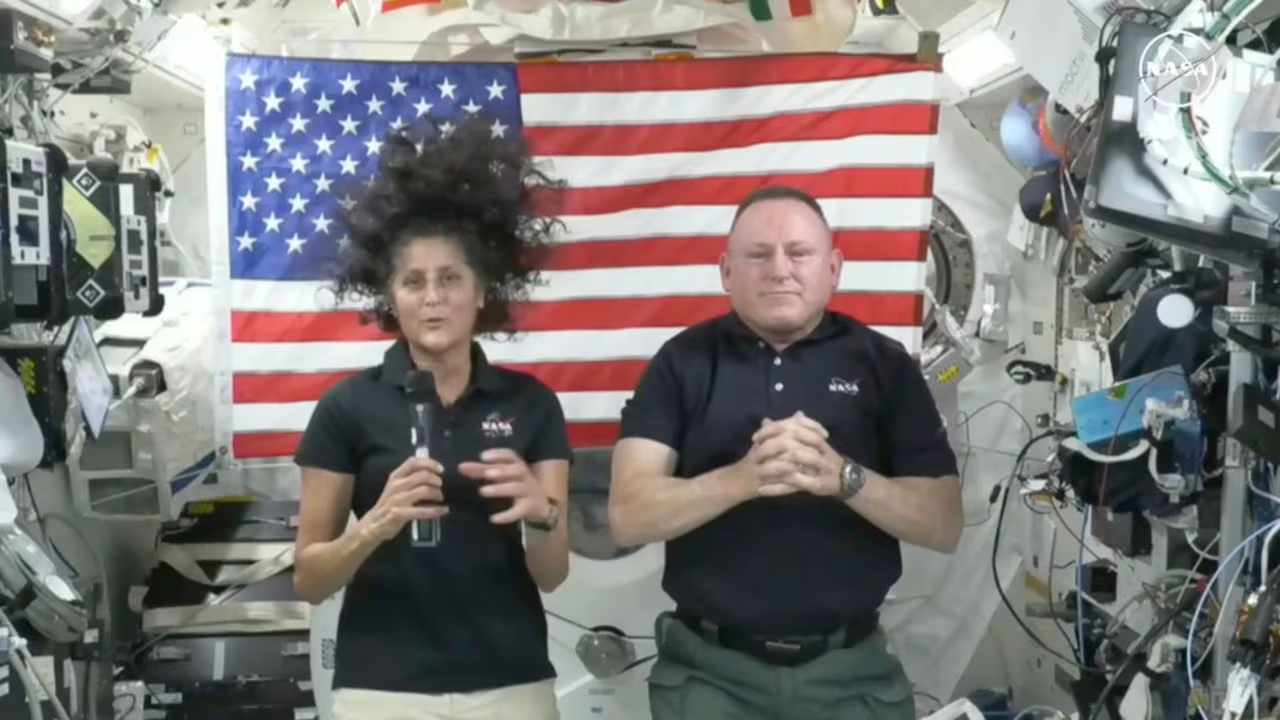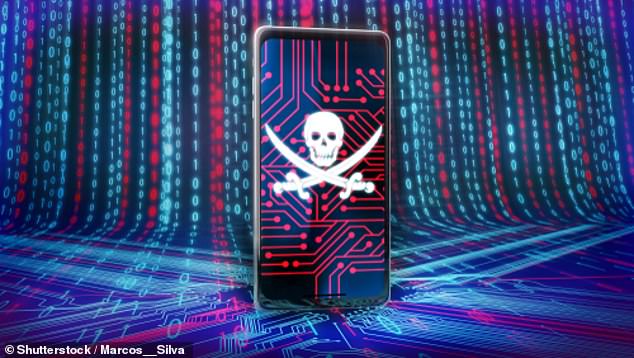Following from State of the game for PlayStation, we now have a good preview of many upcoming PS5 titles. Your mileage may vary depending on how the lineup looks, but a question that keeps repeating itself where are all the ps5 games not really answered. Some of the biggest games in the showcase were remakes or remasters of older games such as Until dawn or Silent Hill 2 remakes or PC ports of already released titles like God of War: Ragnarok. That’s not to say there weren’t some big new PS5 games on display, but one in particular has me scratching my head as to what we should take away from it.
That would be Concord, the debut game from Firewalk Studios, the original manufacturer of the PlayStation. A 5v5 endless multiplayer shooter, the game didn’t give me the best first impression. The text and characters in the cinematic trailer feel like microwave leftovers from Guardians of the Galaxy, and it doesn’t help knowing that this is an Overwatch-like heroic shooter where the beautiful cutscenes and lore won’t actually translate to gameplay. Sure, Concord might surprise when we get our hands on it, but Sony’s focus on a game that looks so bland reminds us that they have two solid first-person shooter IPs languishing in their back-too-long catalog: Killzone and Resistance. Why should Sony bring these forgotten franchises back into the limelight? Let me explain.
Sony’s FPS crisis
Concord being the first game shown during State of Play is not something that happened in a vacuum. Ever since Microsoft announced its intention to buy Activision, a question mark has been hanging over the PlayStation brand, and that’s what will happen to the Call of Duty franchise now that its direct competitor owns it. Great part Sony’s argument in a regulatory case that tried and failed to block Activision’s purchase of Call of Duty, and Sony stated during the case that “Microsoft argues that Nintendo’s differentiated model shows that PlayStation does not need Call of Duty to compete effectively. But this reveals Microsoft’s true strategy… After the transaction, Xbox would become a one-stop shop for all of the console’s best-selling shooter franchises.”
To solve the problem, Microsoft and Sony signed an agreement to keep a long-running series on multiple platforms, but such deals aren’t bulletproof. Microsoft has full control over the Call of Duty IP, meaning that Sony is essentially at its mercy when it comes to the franchise. However, Sony’s argument that PlayStation needs Call of Duty to stay competitive is a defeatist mindset. Call of Duty was not predestined by the gods to be the first shooter franchise. Franchises are constantly rising and falling; see how Halo goes from the top of the universe in the mid-2000s to simply «one of many» shooters in the modern age, or how Overwatch is the biggest thing in the world at launch only to now become a laughing stock as Blizzard tries and fails to deliver on the many promises of what is what Overwatch 2 should have been.
However, none of that changes the fact that right now Sony doesn’t have a standout FPS to call its own. Helldivers 2 was certainly a big surprise hit, but it’s a third-person shooter without a campaign. There’s also the recent mess around the PSN login requirement that, although we walked backstill caused a lot of chaos in the game community and caused the game to be delisted in 177 countries. Sony needs a big win in the FPS space to counter Microsoft’s gobbling up of Activision, Blizzard and Id Software. Fortunately, Sony has two legacy franchises waiting at its door that could help it out of this predicament.
Helghan forever
At a time when much of Sony’s brand is focused on first-party AAA games like The Last of Us, God of War, Horizon or Insomniac’s Spider-Man games, Killzone being left out to dry is a serious missed opportunity. More than most other franchises, Killzone was synonymous with the PlayStation brand in the PS3 era, with the release of Killzone 2 in February 2009 being a turning point for a console that seriously struggled with quality exclusives in its first few years. Along with games like Metal Gear Solid 4 and Uncharted 2, Killzone 2 helped change the reputation of the PS3 and finally made it a worthy competitor to the Xbox 360. If it was a sequel to a game that not it was well received in the first place only made Killzone 2 even more remarkable.
The first Killzone was released in 2004 on the PS2, and despite much pre-release hype as Sony’s potential answer to Halo, the game received mixed reviews. It’s by no means a bad game, but it’s a disappointing start to the franchise considering how convincing the world and visual design is. It often felt like a decent game with excellent presentation, including a stellar vocal performance from Brian Cox as Scolar Visari and legendary original music by Joris de Man. But Killzone 2 showed that sometimes it pays to take a second chance on an idea that didn’t quite work out the first time, launching on spectacular reviews (including IGN’s), and sales more than a million units around the world in less than two months. The Killzone series would become one of Sony’s main franchises in the years that followed, with the PS3 sequel Killzone 3 launching in 2011, and one of the PS4 launch titles in 2013 being Killzone: Shadow Fall.
We know Guerrilla Games are busy with Horizon these days, but surely Sony has enough studios under its umbrella to let someone else take up Killzone’s banner. Its unique blend of gritty sci-fi space opera, gritty FPS combat and ‘World War II in space’ aesthetics, combined with the iconic design of the Helghast soldiers, hasn’t really been borrowed by other shooters on the market. A new game in the series could also finally pull the trigger on a story campaign from the perspective of the Helghast, something fans have wanted for a long time due to their endearing backstory. Considering Killzone’s importance to the history of PlayStation consoles, leaving it out of the PS5 seems like a huge unforced error. Killzone 2 is particularly close to a masterpiece of sci-fi shooter design and not only deserves a modern makeover, but also a true new entry to continue the saga. But it’s not the only shooter series from Sony that deserves a resurrection.
Long live the resistance
As mentioned earlier, the PS3 had a hard time getting away with how few quality games were made for the console in its first year. But of all the titles launched, the one that stood out the most was Resistance: Fall of Man, an original FPS from Insomniac Games, better known for Ratchet & Clank and the recent Spider-Man series. While the multiplayer was lackluster, the single-player campaign was surprisingly rich and playable in split-screen co-op (remember that?). What’s more, its story was fascinating—set in an alternate history where aliens called the Chimera invaded Earth in the 1950s—and Insomniac’s trademark off-the-wall weapon design created a great game that got a bit lost in the cultural conversation like more expected games. running on the system.
Despite this, Resistance was a regular player in the PS3 franchise catalog, with two direct sequels in Resistance 2 and 3 also released during the console’s life cycle. Unfortunately, the series suffered a downfall with the second game, which tried too hard to conform to the conventions of other shooters on the market at the expense of its own personality. Not only was the first game’s collection of creative weapons weakened by forcing players to only carry two at a time instead of a full arsenal, but the sparse campaign was also peppered with a series of disappointing boss fights that were mostly more scripted sequences than dynamic battles. The multiplayer was improved, but the story was weak compared to the previous entry.
Insomniac righted the ship with Resistance 3, which returned to much of what fans and developers enjoyed about the series. In an interview with Kotaku, Insomniac CEO Ted Price said that all the changes in Resistance 2 «may not have been good things» and that «in Resistance 3 we went back to some of our more traditional core mechanics that players loved and then built a story that was more personal … we’re really proud of Resistance 3.” But that improvement wasn’t reflected in sales and the series exploded with the third entry i poorly received PlayStation Vita spin-off, Resistance: Burning Skies. Still, if Killzone taught us anything, it’s that one misstep shouldn’t mean giving up on a good series, and the alternate history world presented in Resistance is still full of creative possibilities. An unconventional arsenal of weapons could be a great way to spice up the multiplayer package, and there are many unseen periods or locations in the world of the Resistance that could be the focus of a new campaign if Insomniac or one of Sony’s other developers give it another go. it.
Sony has the resources to contend in the shooter space, such as long-dormant franchises like Killzone or Resistance, or developers known for shooters like Bungie. There are many ways to make first-person shooters on the PlayStation, and games like Concord stem from that need. We’ll see how Firewalk’s debut goes, but chasing the highlights of other games that are already starting to get old after the sales deadline is rarely a winning strategy. It’s not that Sony shouldn’t try to nurture new IPs, it absolutely should, but if it needs a competitive edge, it would be worth highlighting PlayStation brand values that are, in fact, PlayStation-specific. And reviving two major franchises in the genre you’re currently struggling with that have an established fan base and are already connected to your console? That would be one way to get that competitive advantage much sooner.
Carlos Morales writes novels, articles and essays about Mass Effect. You can follow his fixations further Twitter.




